In a recently released report, the Food and Agriculture Organization of the United Nations (FAO) said that the rice price index in July increased by 2.8% to 129.7 points, reaching its highest level since September 2011. Worryingly, rice prices are forecast to continue to climb. According to the Thai Rice Exporters Association, the market instability could last until the end of 2023.
Peter Timmer, professor emeritus at Harvard University (USA), believes that rice prices will continue to rise in the next 6 to 12 months. However, whether the rate of increase will be slow so that consumers have time to adapt or will increase suddenly is still an open question.
Thai rice exports.
Analysts say one of the main reasons for the recent surge in rice prices is that since late July, India has banned the export of non-basmati white rice. New Delhi claims the ban is aimed at stabilizing prices and preventing food shortages in the country due to harsh weather conditions.
India’s latest ban is similar to the restrictions it imposed in 2007-2008, but the impact on global supply and prices could be more profound, experts say. Compared to 22% 15 years ago, India now accounts for more than 40% of the global rice trade.
According to statistics, last year, India exported 22 million tons of rice to 140 countries. Therefore, the new move of the world's largest rice exporter immediately shook the global market, pushing rice prices up by about 20% compared to the level before India's ban.
In addition, extreme weather has severely affected production in the world's leading rice granaries. This year, the monsoon season in India started late, with unusual and uneven rainfall, hampering farmers' cultivation activities. It is estimated that the area planted to rice in India is currently 6% lower than the same period in 2022. In Indonesia, farmers in the top rice-producing regions are switching to corn and cabbage to hedge against drought.
Thailand, the world's second-largest rice exporter, is experiencing low rainfall this season and is bracing for a possible drought in 2024 due to El Nino. The Royal Irrigation Department said this year's rainfall will be lower than the 30-year average. Water levels in major dams are down about 50% from 2022 levels. The government is encouraging farmers to reduce rice acreage and switch to other crops to adapt to low rainfall conditions.
Many experts say that rising rice prices have unpredictable consequences. Claiming that the poor are the most vulnerable to food price shocks, Joseph Glauber, a senior fellow at the International Food Policy Research Institute, said that high rice prices affect the diets of billions of people in Asia and Africa, who consider rice a staple food.
The high prices and shrinking supply have raised the risk of a new wave of trade protectionism as governments tighten export controls to preserve food reserves. Indeed, soon after India’s ban, the United Arab Emirates (UAE) imposed a four-month ban on rice exports and re-exports, while Russia announced a temporary halt to exports of raw and processed rice until the end of the year to support its domestic market.
The record-breaking price of rice is putting enormous pressure on the already imbalanced global food system. According to the United Nations, more than 780 million people worldwide are facing food shortages. This number is likely to rise further due to supply disruptions and price spikes.
According to Nhan Dan Newspaper
Source link


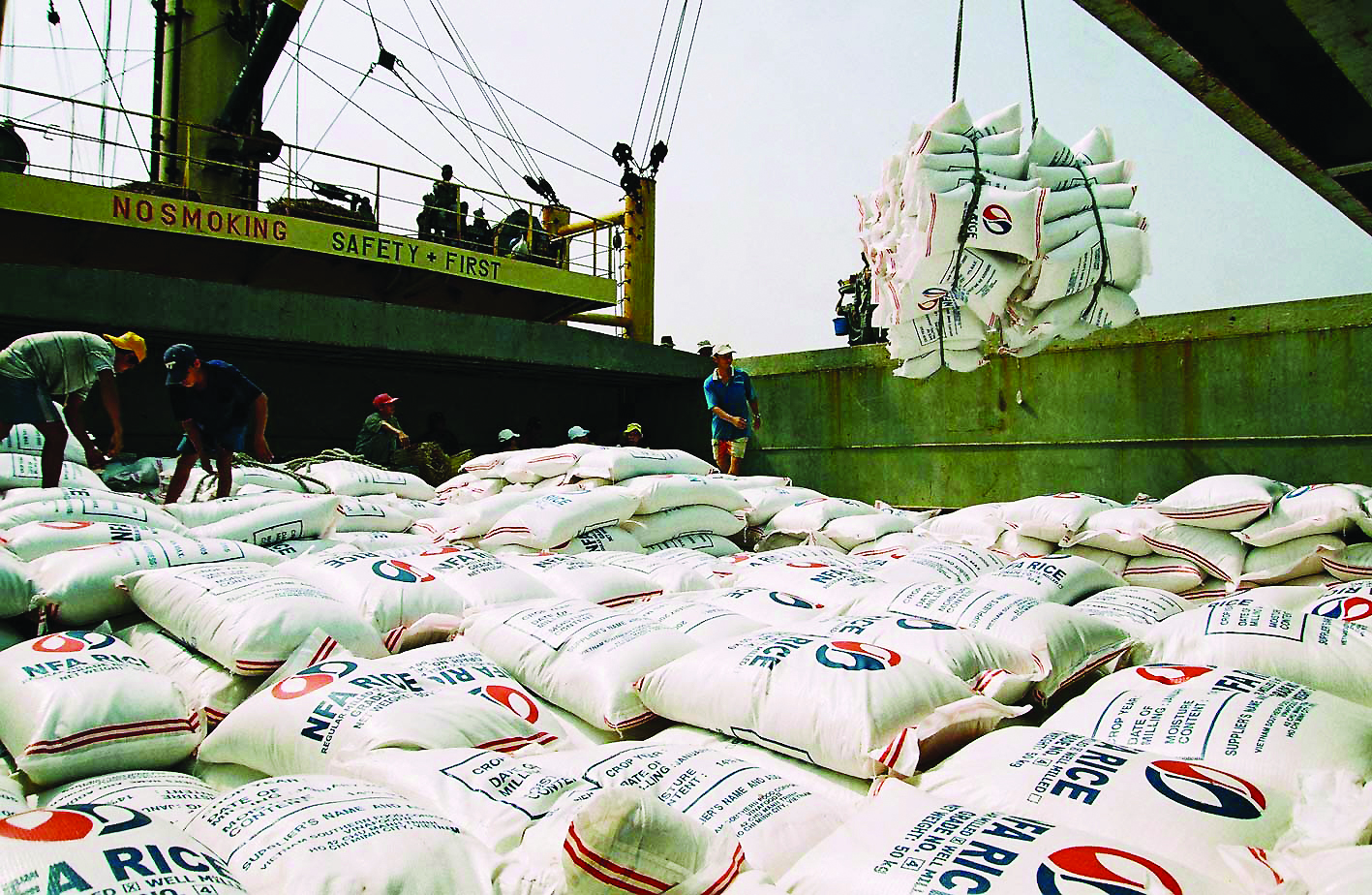
![[Photo] National Assembly Chairman Tran Thanh Man holds talks with Hungarian National Assembly Chairman Kover Laszlo](https://vphoto.vietnam.vn/thumb/1200x675/vietnam/resource/IMAGE/2025/10/20/1760952711347_ndo_br_bnd-1603-jpg.webp)

![[Photo] Solemn opening of the 10th Session, 15th National Assembly](https://vphoto.vietnam.vn/thumb/1200x675/vietnam/resource/IMAGE/2025/10/20/1760937111622_ndo_br_1-202-jpg.webp)
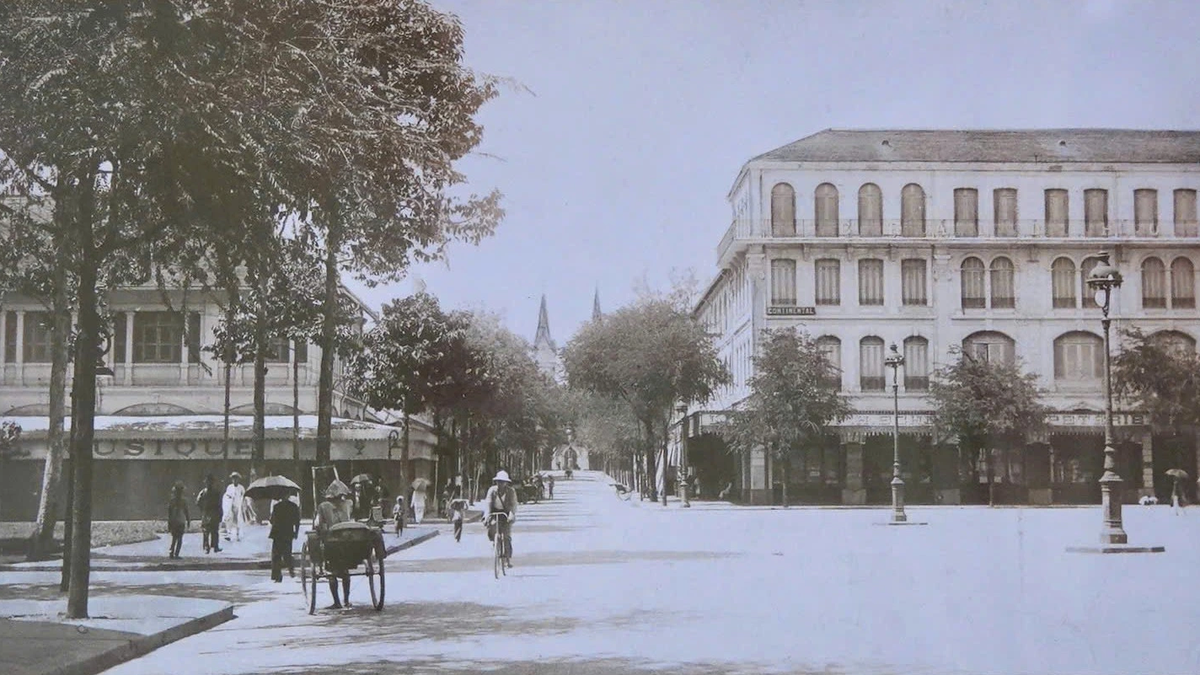
![[Photo] The Steering Committee of the 2025 Fall Fair checks the progress of the organization](https://vphoto.vietnam.vn/thumb/1200x675/vietnam/resource/IMAGE/2025/10/20/1760918203241_nam-5371-jpg.webp)
![[Photo] Chairman of the Hungarian Parliament visits President Ho Chi Minh's Mausoleum](https://vphoto.vietnam.vn/thumb/1200x675/vietnam/resource/IMAGE/2025/10/20/1760941009023_ndo_br_hungary-jpg.webp)

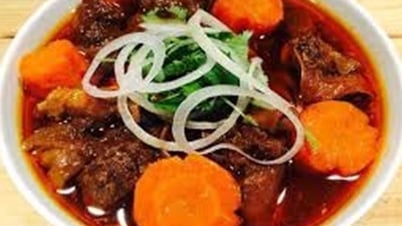






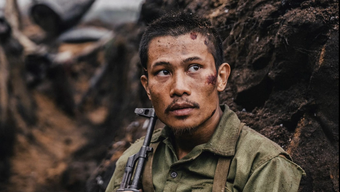


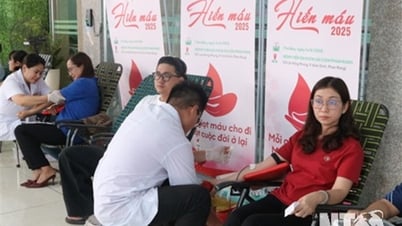























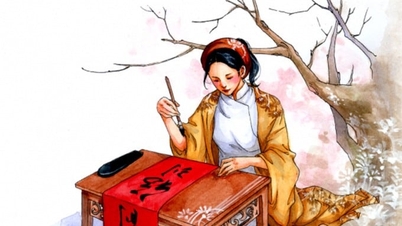


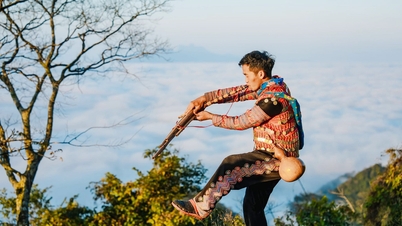

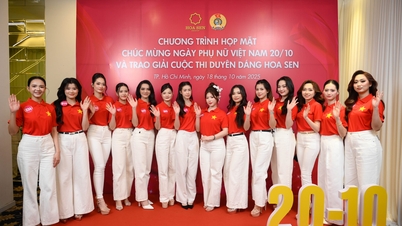




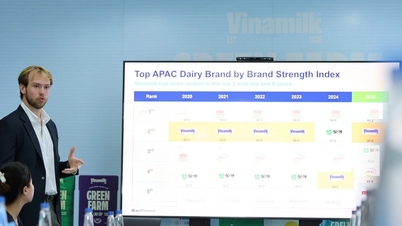


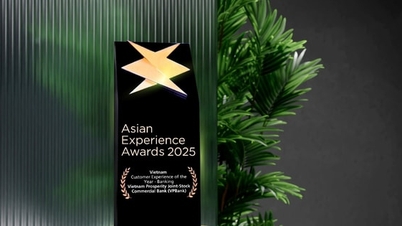



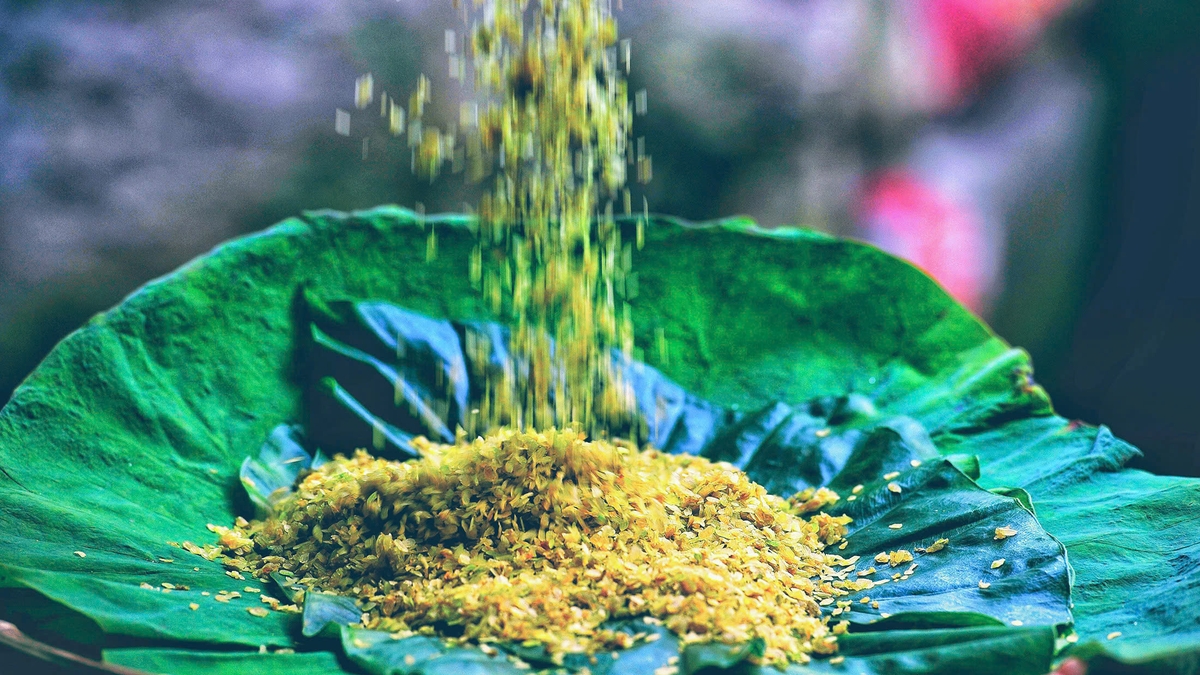

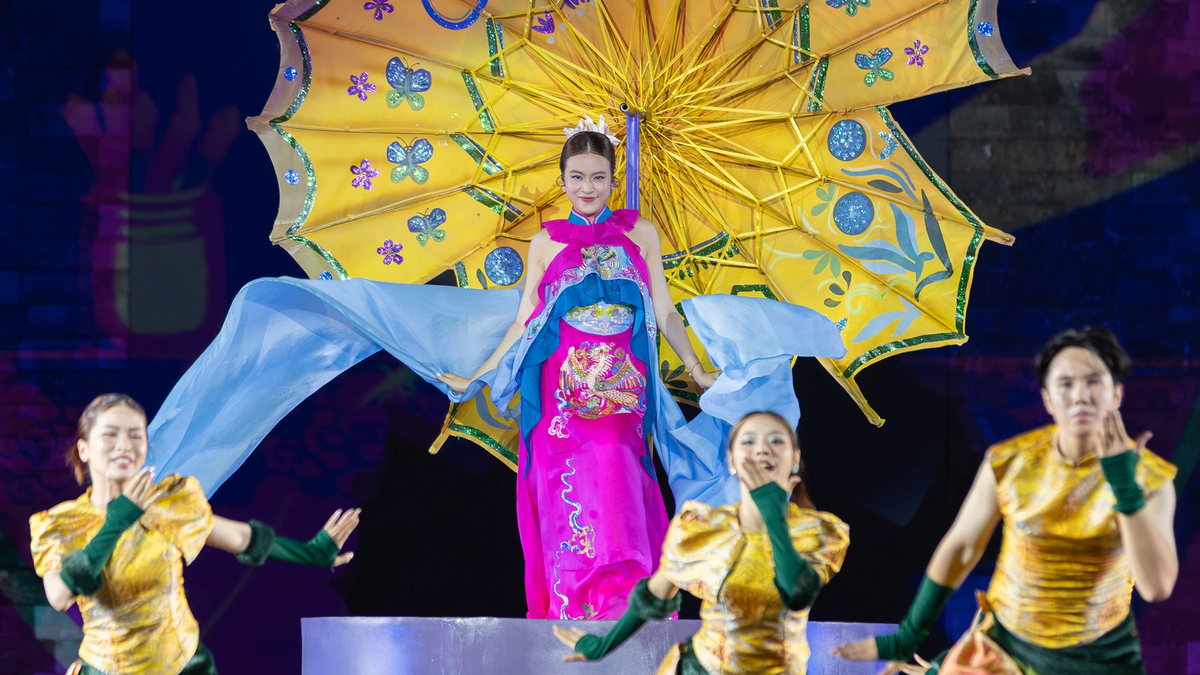



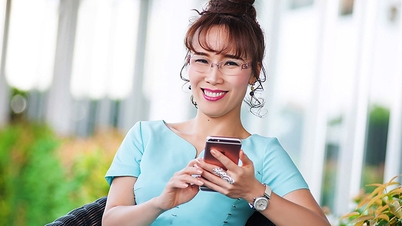


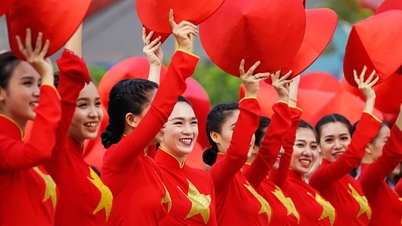
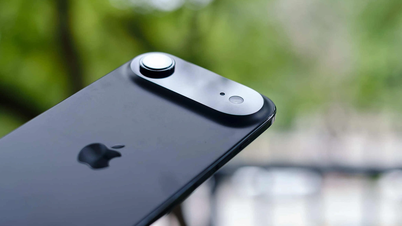

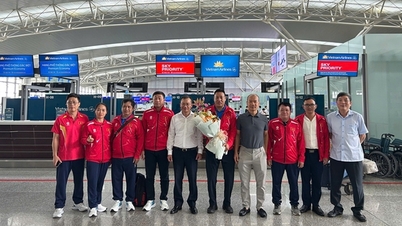





























Comment (0)